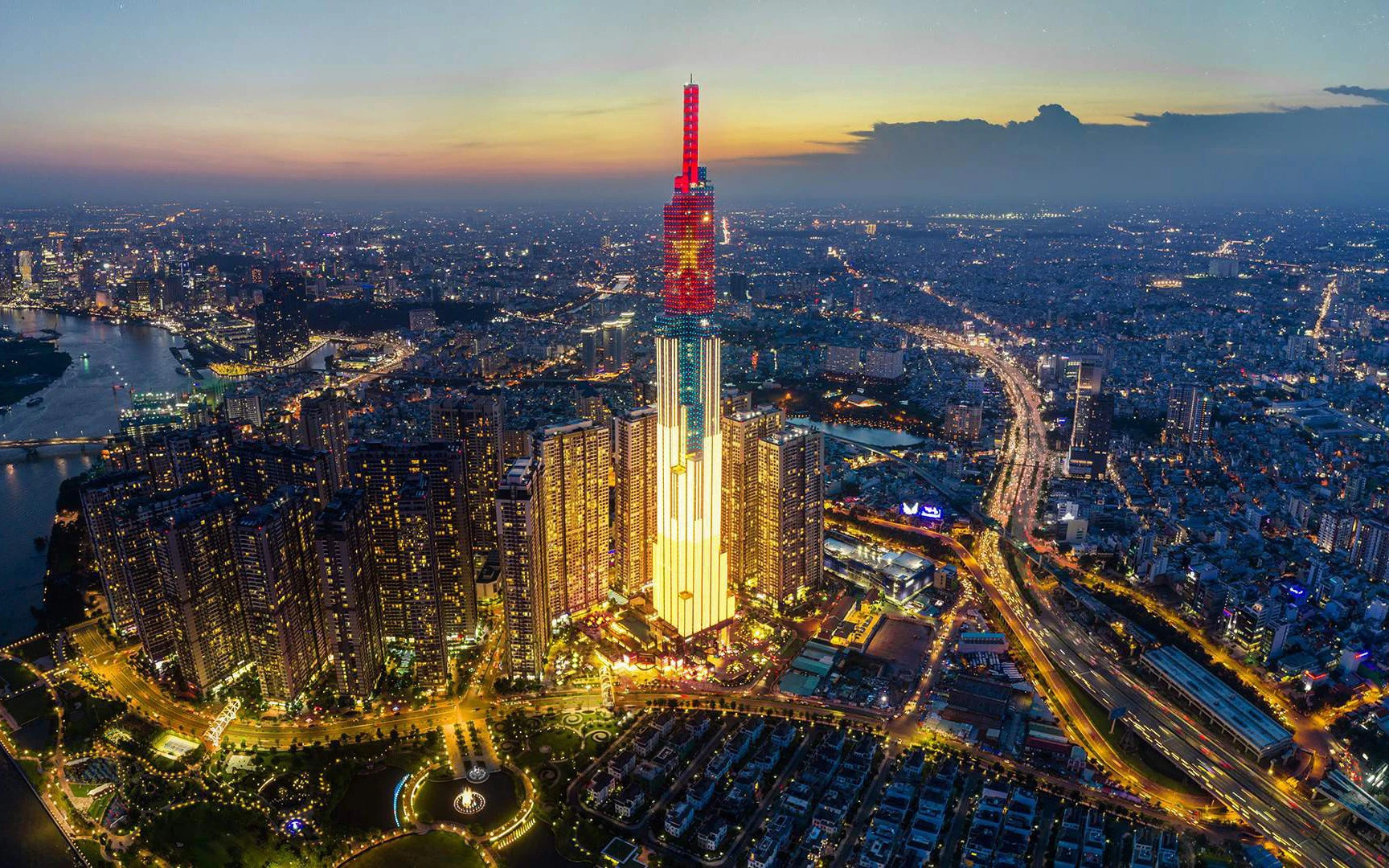
Vietnam is actively yet cautiously preparing for the construction of its first nuclear power plant in Ninh Thuan (now the south-central coastal province of Khanh Hoa). The resumption of the programme after years of suspension carries considerable significance for the nation’s development in a new era as it strives to gradually reduce and ultimately phase out coal-fired power to realise the Government’s commitment to Net Zero by 2050.
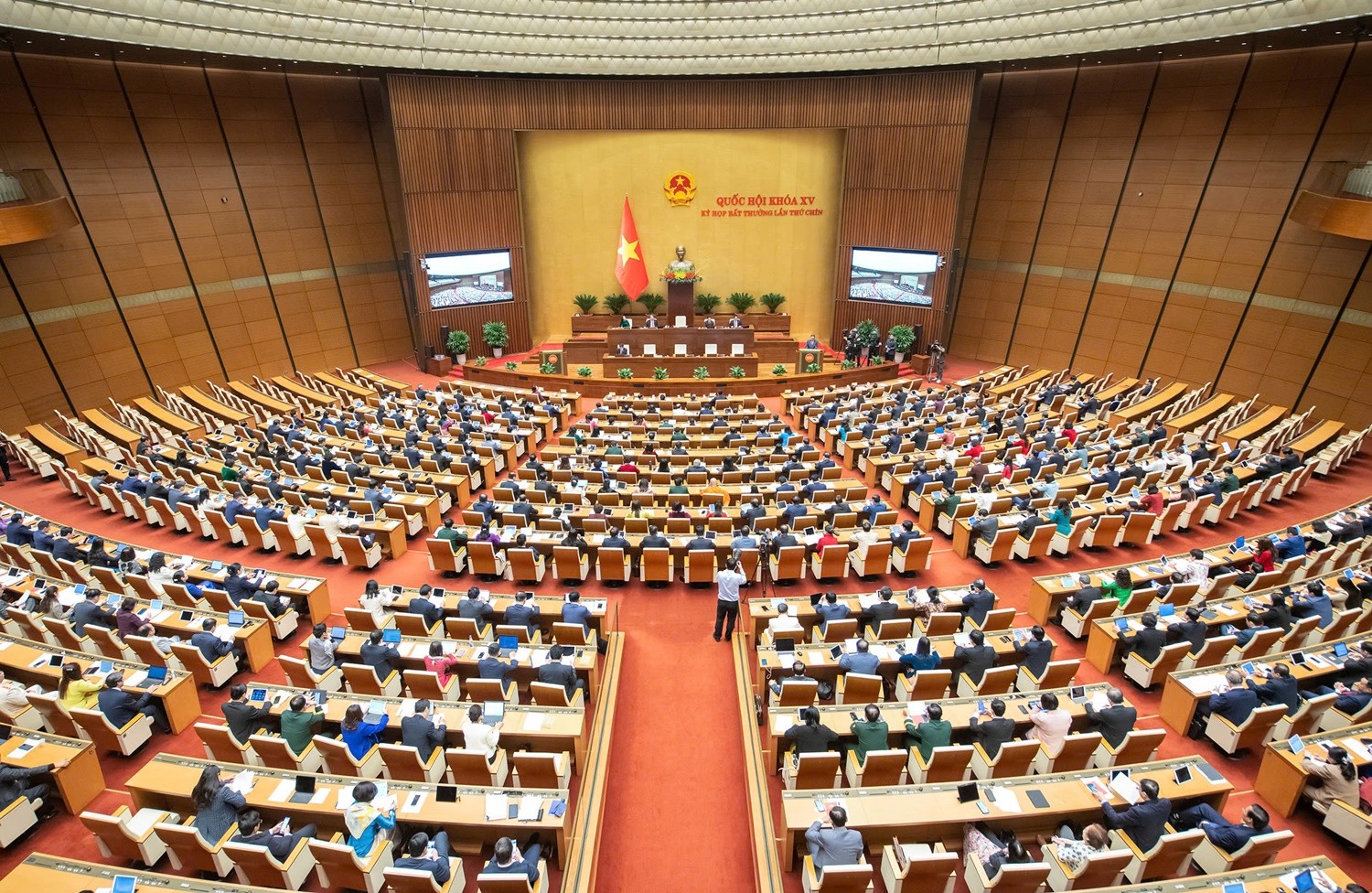
On February 19, 2025, the National Assembly passed Resolution No. 189/2025/QH15, stipulating several special mechanisms and policies for investing in the construction of the Ninh Thuan nuclear power project. (Photo: VNA)
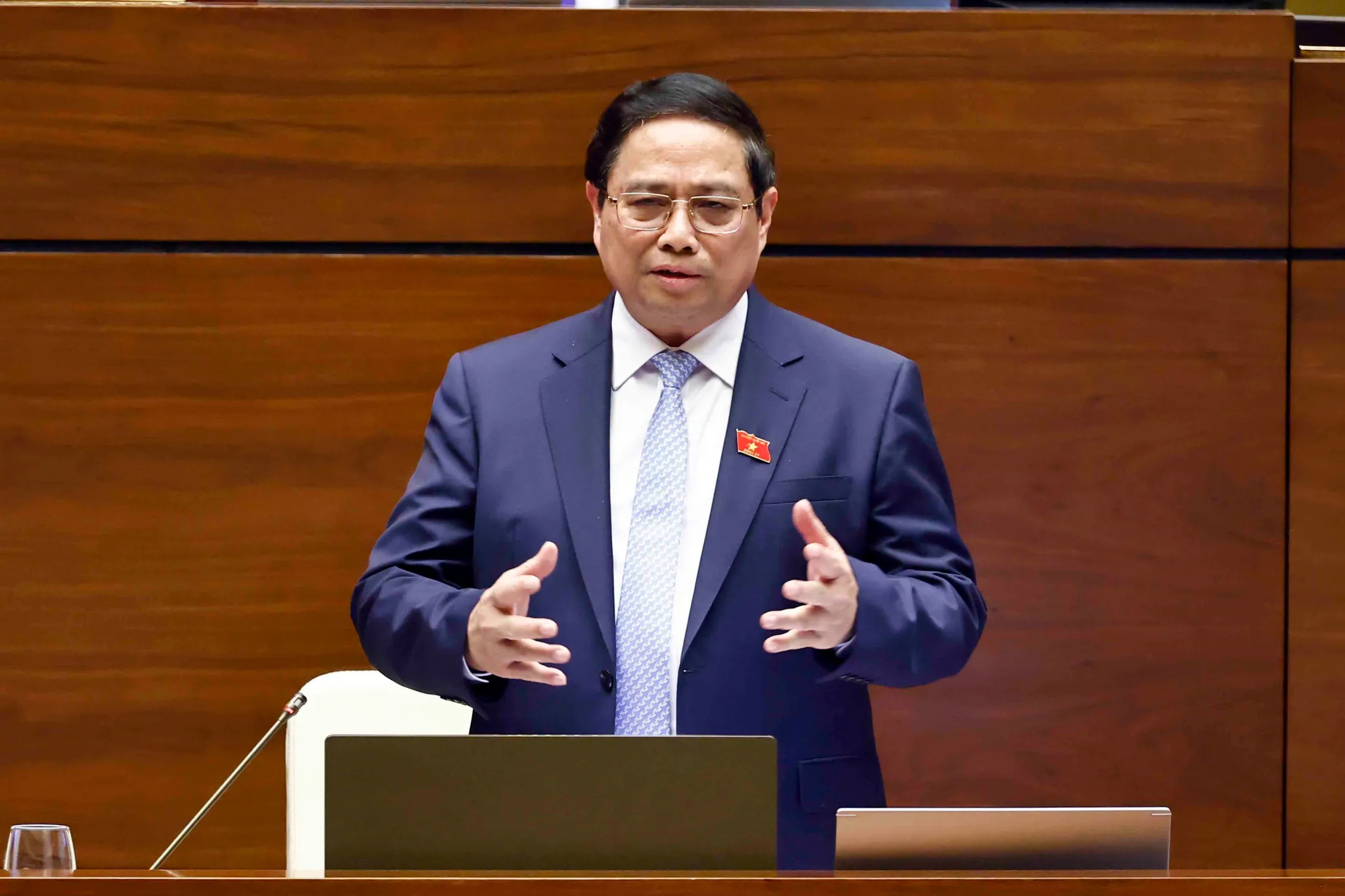
Prime Minister Pham Minh Chinh answers questions related to the development of the Ninh Thuan nuclear power project at the 8th session of the 15th National Assembly. (Photo: VNA)
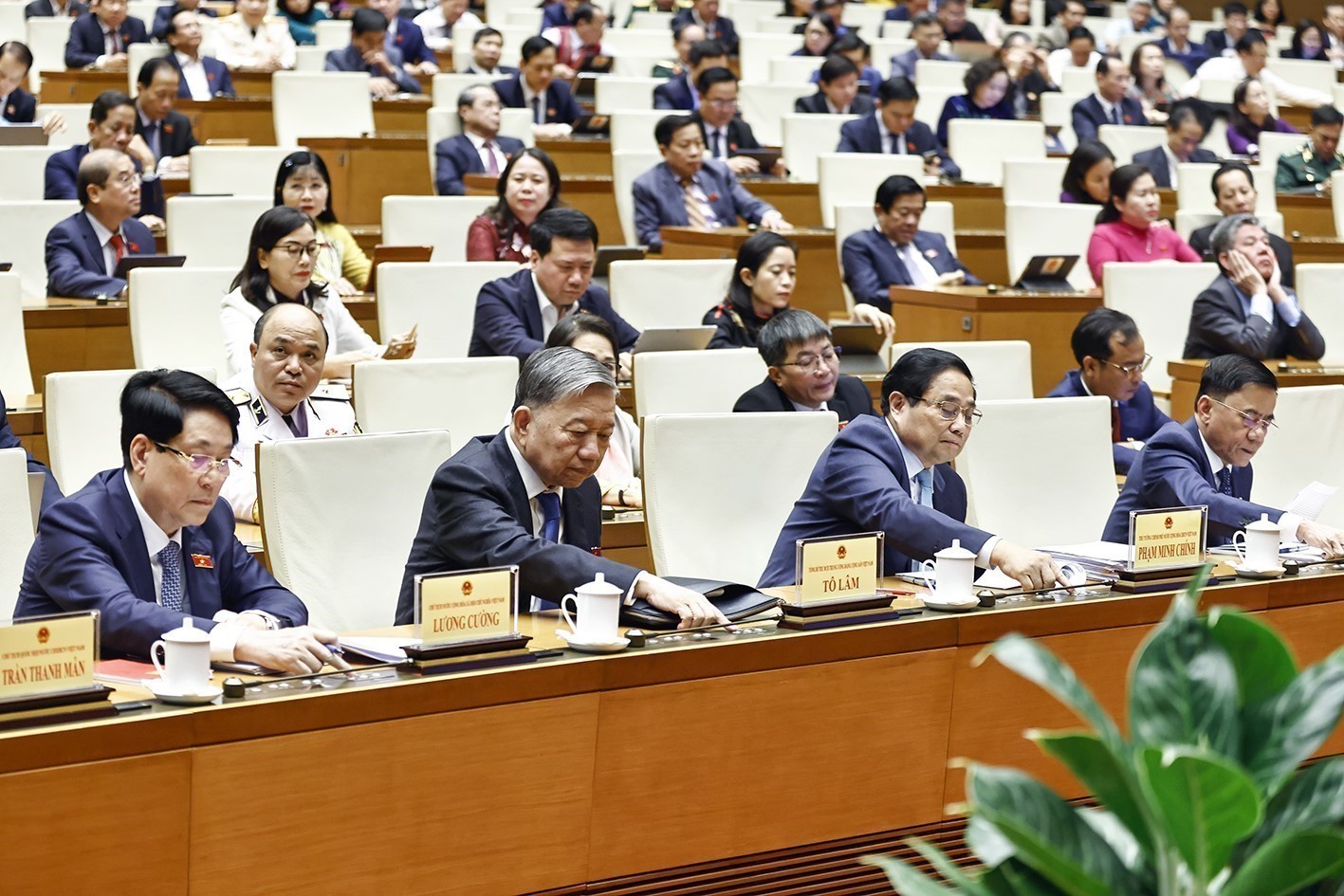
Party General Secretary To Lam (second from left), President Luong Cuong (first from left), Prime Minister Pham Minh Chinh (third from left), and other legislators vote on the investment policy for the Ninh Thuan nuclear power project at the 8th session of the 15th National Assembly. (Photo: VNA)
On February 19, 2025, the National Assembly adopted Resolution No. 189/2025/QH15 stipulating a number of special mechanisms and policies for investment in the project. This decisive resolution comes nearly three decades after Vietnam conducted its first pre-feasibility study on the establishment of a nuclear power plant in 1996.
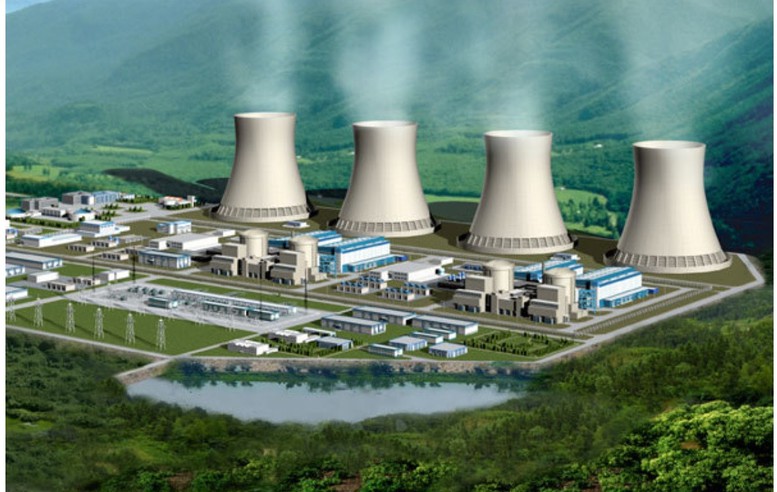
File photo: A perspective of the Ninh Thuan nuclear power project in 2016. (Source: Government Portal)
Back on November 25, 2009, the 12th National Assembly (NA) passed Resolution No. 41/2009/QH12, approving the investment policy for the Ninh Thuan nuclear power project, with two plants planned boasting a totalcapacity of 4,000 MW. Russia and Japan were selected as the initial partners to implement the plants during the 2010-2016 period. However, on November 22, 2016, the NA adopted Resolution No. 31/2016/QH14 to halt the project. Since then, the Government has introduced specific mechanisms and policies to support Ninh Thuan’s development as a national hub for renewable energy.
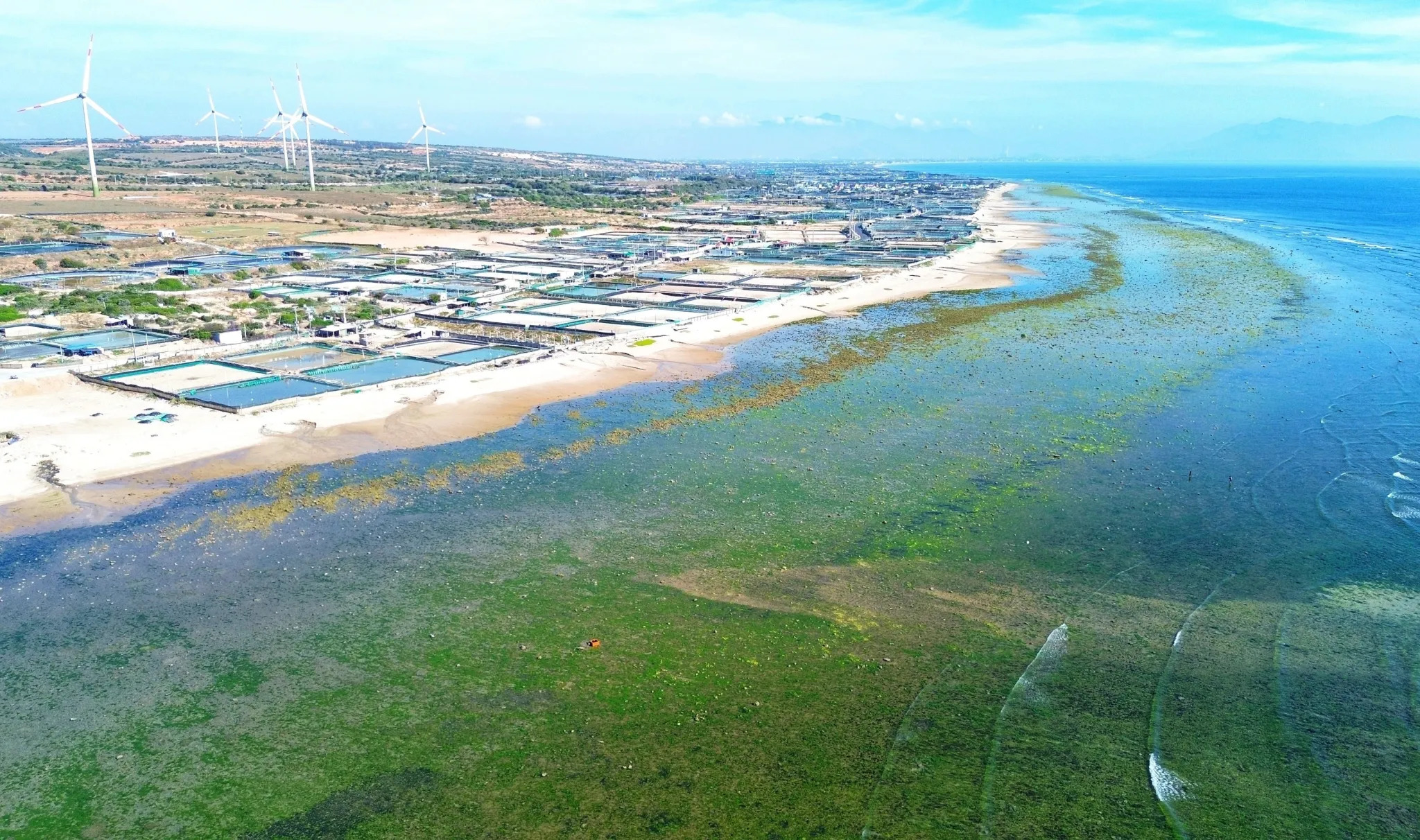
Thuan Nam district, Ninh Thuan province (now Khanh Hoa province), is chosen as the site for the construction of Ninh Thuan 1 Nuclear Power Plant. (Photo: VNA)
Nuclear power development: A crucial step in the new era
According to Party General Secretary To Lam, now is the right time for Vietnam to build its first nuclear power plant, as today’s nuclear technology has advanced significantly through multiple generations and with the probability of risk being extremely low.
In addition, Vietnam’s electricity demand is projected to surge in the coming decades. The current total installed capacity is around 85,000 MW, with an additional 70,000 MW needed by 2030 – bringing the total to approximately 150,000 MW. By 2050, the required capacity is expected to reach between 400,000 and 500,000 MW.
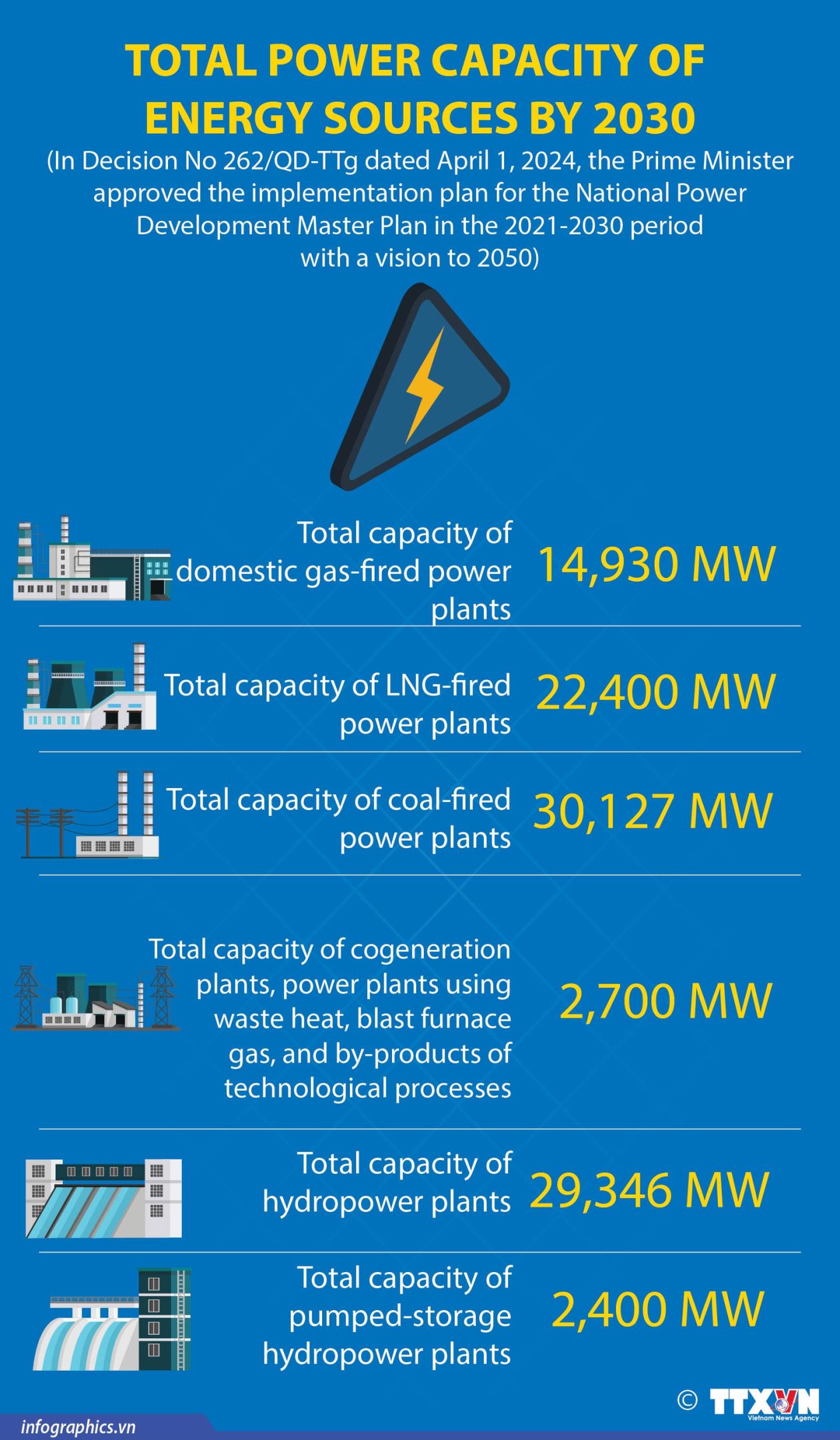
“The development of nuclear power will help Vietnam diversify its energy sources, ensure energy security, and support the green energy transition, contributing to the country’s goal of achieving net-zero emissions by 2050, as pledged at the United Nations Climate Change Conference in Glasgow (COP26).”
PARTY GENERAL SECRETARY TO LAM
|
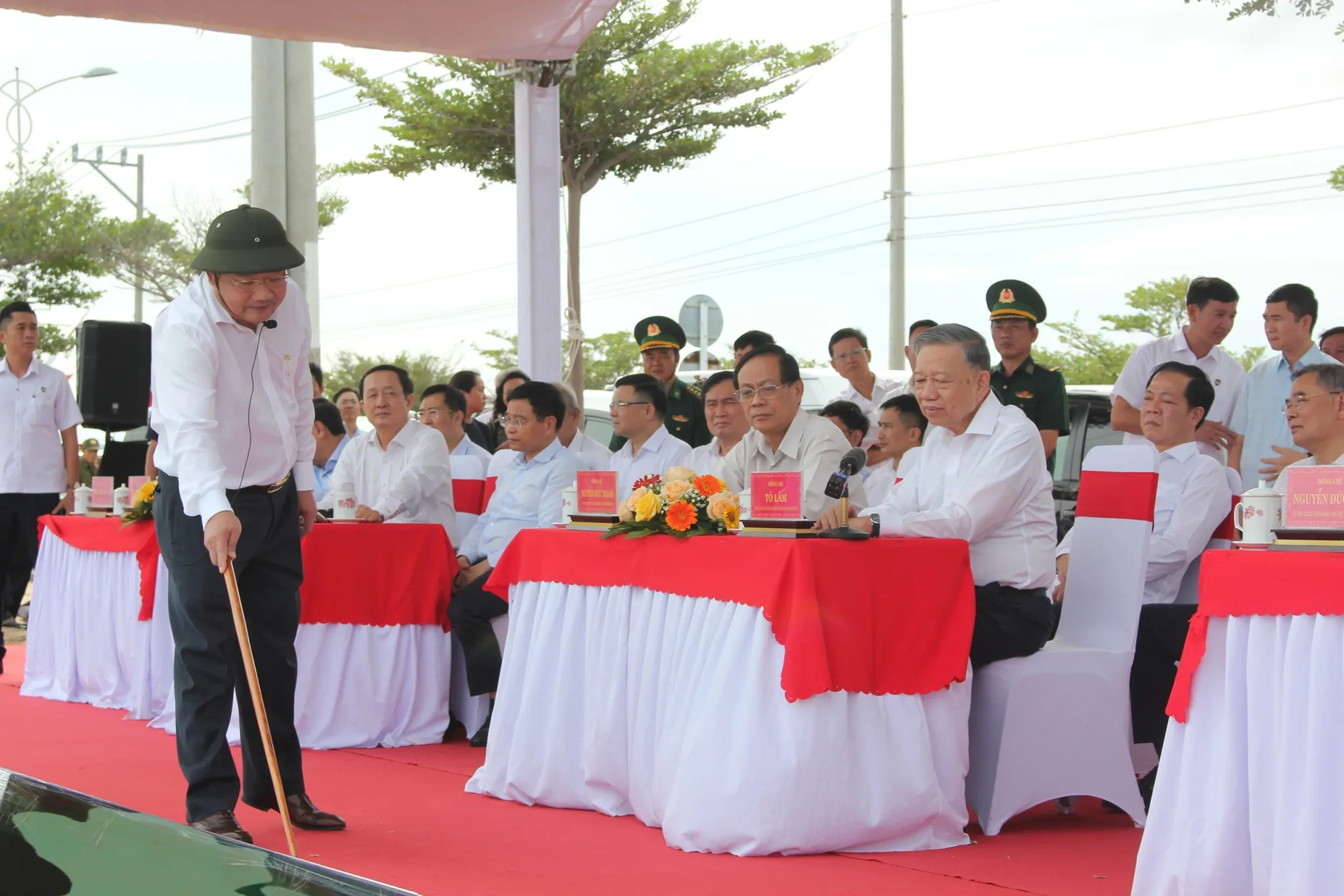
Party General Secretary To Lam listens to a report on the current land use status within the Ninh Thuan nuclear power project area. (Photo: Thanh Nien Newspaper)
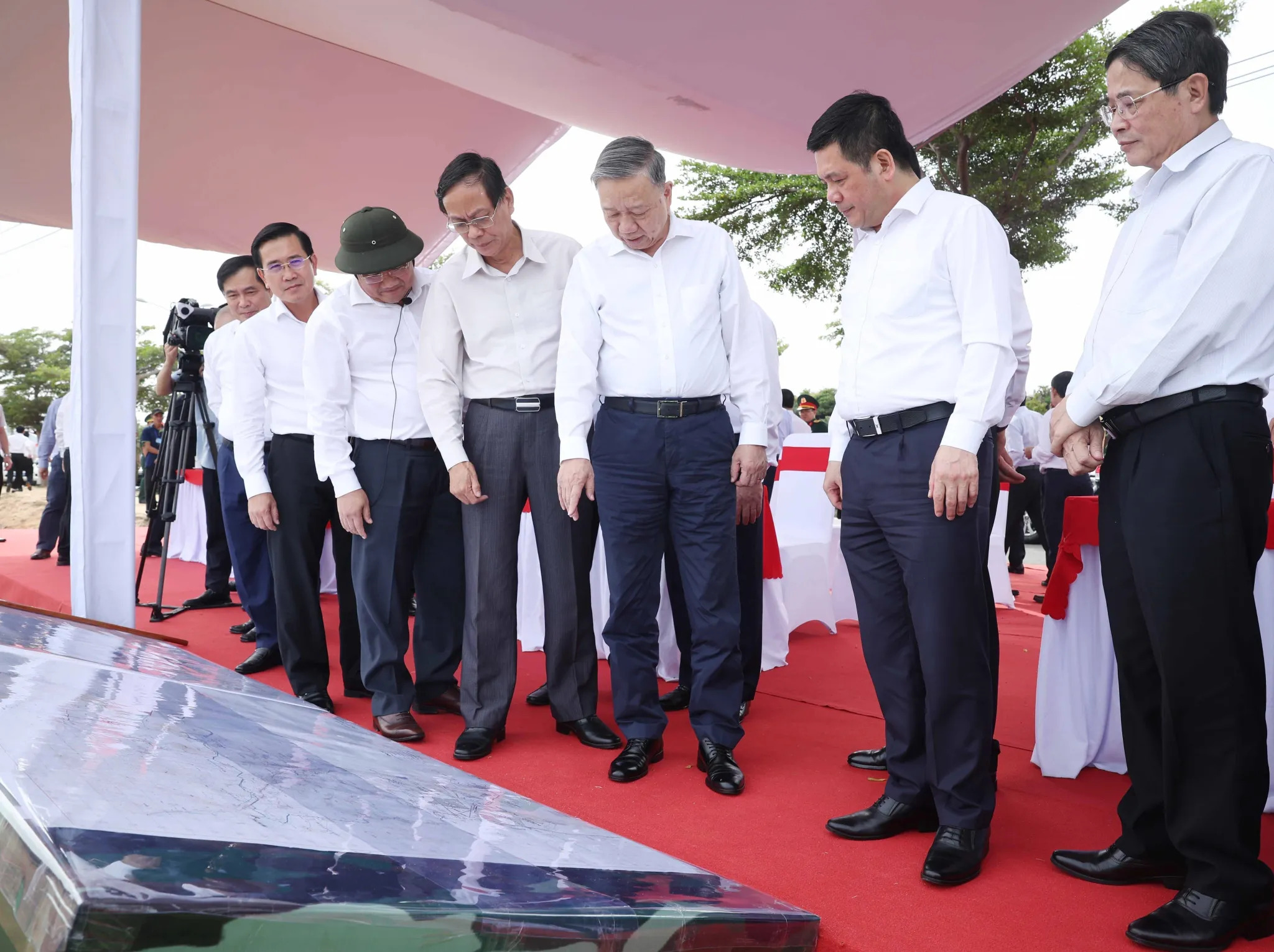
Party General Secretary To Lam observes the planned location of Ninh Thuan 1 Nuclear Power Plant. (Photo: VNA)

Party General Secretary To Lam directs the implementation of the investment policy for the Ninh Thuan nuclear power project (Photo: VNA)
“ Nuclear power development also presents an opportunity for Vietnam to cultivate a high-quality workforce, enhance national sci-tech capacity, and engage in the global nuclear energy supply chain.”
PARTY GENERAL SECRETARY TO LAM
|
| Prime Minister Pham Minh Chinh, head of the steering committee for the nuclear power project, highlighted that developing nuclear energy is one of the key measures to meet the national development demands and align with the global trend. |
“Vietnam aims to achieve economic growth of 8% or higher in 2025, and double– digits in the following years. As a result, electricity demand must increase by 12-16% annually. Vietnam is promoting economic development based on science, technology, and innovation, particularly in emerging sectors such as artificial intelligence, cloud computing, the Internet of Things, and big data, hence the enormous demand for electricity,” he said.
The Government leader emphasised the goal of completing the Ninh Thuan nuclear power project within five years. A detailed, year-by-year roadmap will be developed to ensure that by 2030 – which marks the 100th anniversary of the Communist Party of Vietnam – the country will have its first commercial nuclear power plant.
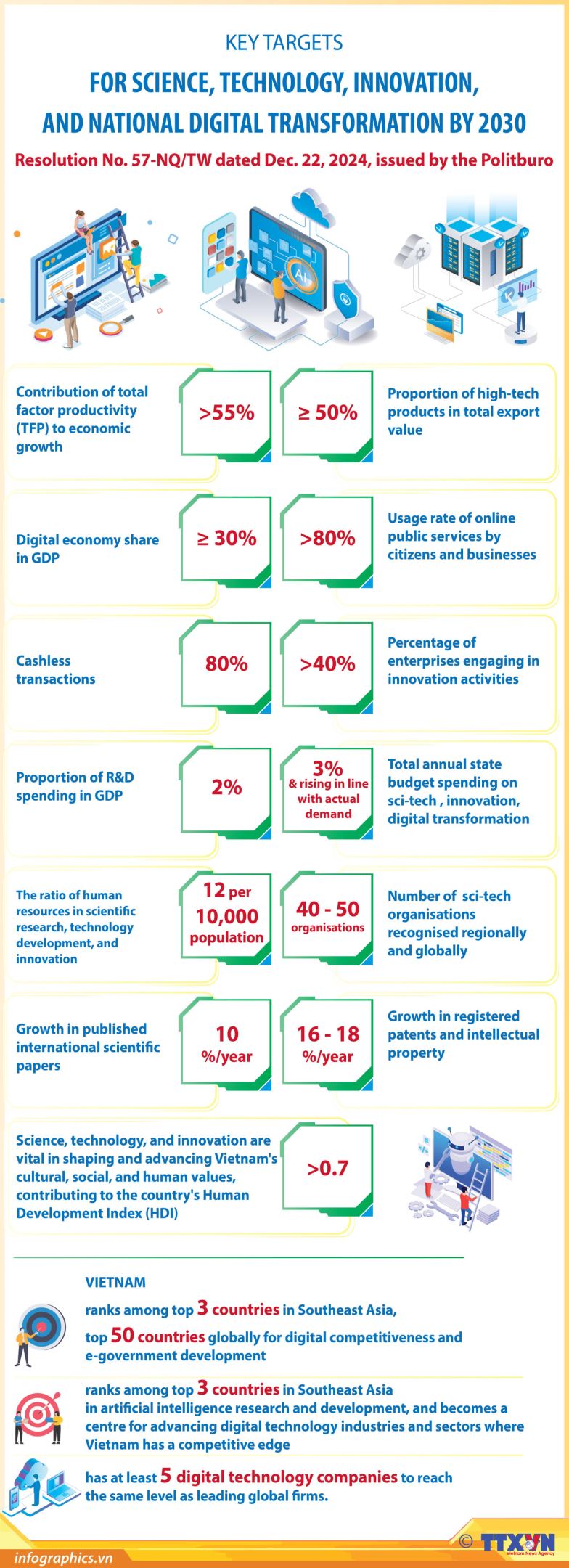 |

Party General Secretary To Lam visits the STEM education practice at a school in Hanoi. (Photo: VNA)
|
|

Prime Minister Pham Minh Chinh attends Vietnam Innovation Day 2024. (Photo: VNA)
|
|

Deputy Prime Minister Tran Luu Quang experiences virtual reality glasses at Vietnam Artificial Intelligence Festival 2024. (Photo: VNA)
|
Ramping up preparations
The Ninh Thuan 1 Nuclear Power Plant, invested by Vietnam Electricity (EVN), and the Ninh Thuan 2 Nuclear Power Plant, invested by the Vietnam National Industry and Energy Group (PetroVietnam), are both slated for completion and commercial operation within the next five years.
Key components are being fast-tracked in preparation for bringing the project into operation during the 2030-2031 period, in line with the Government’s target. Among these, particular emphasis is placed on the training and development of human resources.
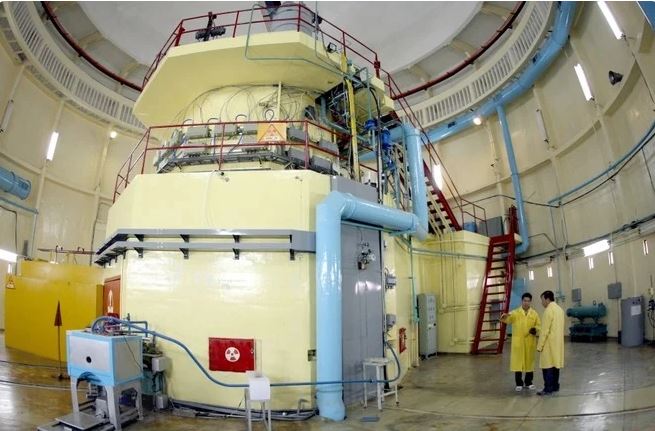
Operating the Da Lat nuclear reactor in the Central Highland province of Lam Dong (Photo: VNA)
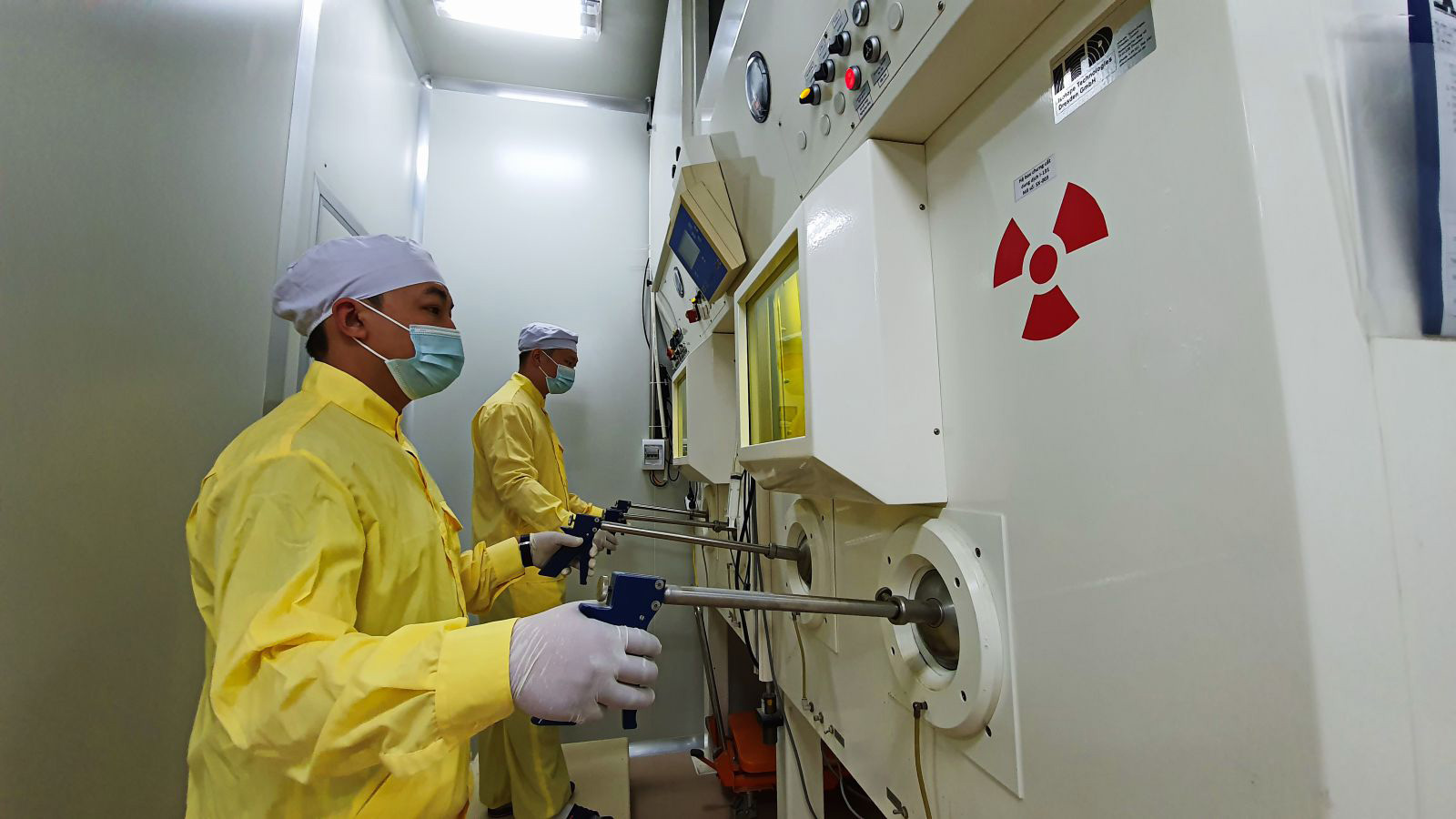
Engineers working at the Da Lat nuclear reactor. (Photo: VNA)
Vietnam currently has around 400 personnel working in the nuclear power sector. Under a national programme on the training and development of human resources for nuclear power development to 2035, the goal is to meet workforce demands for the Ninh Thuan 1 and Ninh Thuan 2 by 2030.
Specifically, Ninh Thuan 1 will require approximately 1,920 personnel, including 1,020 with university degrees and 900 with college-level qualifications. Among them, 320 university-level personnel are expected to be trained abroad. Ninh Thuan 2 will require about 1,980 personnel, including 1,050 with university or postgraduate degrees and 930 with college-level qualifications. Of these, 350 university and postgraduate-level personnel will be trained overseas.
| Human resources |
Ninh Thuan 1 Nuclear Power Plant
(1,920 personnel) |
Ninh Thuan 2 Nuclear Power Plant
(1,980 personnel) |
| University, postgraduate |
1,020 |
1,050 |
| College |
900 |
930 |
| Overseas training |
320 |
350 |
According to the schedule, Ninh Thuan is expected to complete the land inventory and handover to the project investors by the end of December 2025. Ninh Thuan 1, located in Vinh Truong village, Phuoc Dinh commune, Thuan Nam district, will span over 485 hectares, with the plant site occupying more than 409 hectares. Meanwhile, Ninh Thuan 2, located in Thai An hamlet, Vinh Hai commune, Ninh Hai district, will cover more than 643 hectares in total, with over 404 hectares designated for the plant area.
Ninh Thuan invests in infrastructure development for the Ninh Thuan nuclear power project. (Photo: VNA)
Vietnam enjoys “latecomer’s advantages”: experts
Assessing Vietnam’s plans for its first nuclear power plant, Vo Van Son, a nuclear geotechnical specialist at France’s engineering company Edvance, observed that while Vietnam is a latecomer to the nuclear industry, this positioning allows the country to benefit from the accumulated knowledge of both domestic and international experts involved in major past projects.
In addition, it is gaining access to valuable feedback and critical assessments from leading global operators. Nuclear energy, he stressed, brings not only electricity supply and economic benefits, but also opportunities for advancing national science, technology, and human capital.
Echoing this view, Pham Tuan Hiep, Secretary General of a network of overseas Vietnamese nuclear energy experts (VietNuc), noted that nuclear power is a crucial catalyst for elevating Vietnam’s sci-tech capabilities. A nuclear power plant is, by nature, a high-tech hub bringing together specialists of all levels, from PhDs and engineers to skilled technicians, to work in a highly specialised and demanding environment. This, he said, presents a major opportunity to uplift Vietnam’s broader industrial capacity.
On May 18, 2025, the Vietnam Nuclear Professional Network (VietNuc) was officially launched at the Vietnamese Embassy in Paris (France). (Photo: VNA)
Prime Minister Pham Minh Chinh meets with representatives of overseas Vietnamese experts and intellectuals in France (June 2025), calling for their contributions to building and implementing major projects of the country, including nuclear power development. (Photo: VNA)
Moreover, to operate effectively in this field, personnel must not only possess theoretical knowledge, but also strong technical skills, operational competence, a disciplined mindset, and a deep commitment to the highest standards of occupational safety. According to Hiep, training such a workforce is a major goal, not only for the nuclear energy sector but for Vietnam’s entire science and engineering landscape.
Experts noted that a single nuclear power plant may contain tens of thousands of individual components. Operating such a facility demands significantly higher precision and rigour compared to conventional industries. This, in turn, is expected to push domestic enterprises to improve their capabilities, enabling them to manufacture high-quality equipment that meets strict nuclear safety standards.
To support Vietnam’s first nuclear project, in 2025 and 2026, VietNuc plans to organise a series of short- and long-term training programmes and workshops in collaboration with Vietnamese institutions such as the Hanoi University of Civil Engineering, Hanoi University of Science and Technology, and the Da Lat Nuclear Research Institute.
Ambassador Vu Le Thai Hoang, Permanent Representative of Vietnam to the United Nations and International Organisations in Vienna, Austria, speaks at a regular meeting of the Board of Governors of the International Atomic Energy Agency (IAEA) (March 2025). (Source: Government Newspaper)
|
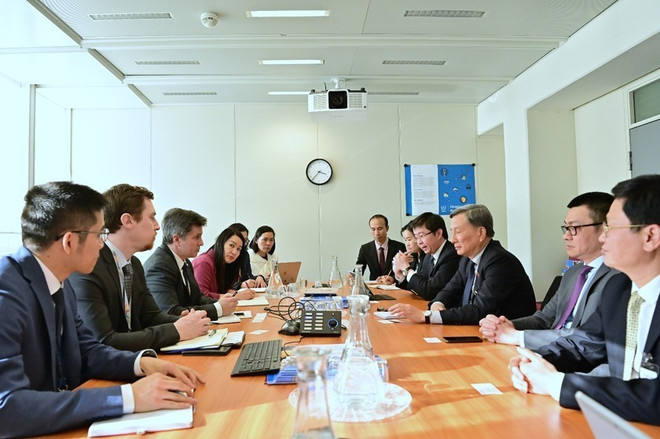
The meeting between Chairman of the National Assembly’s Committee on Science, Technology and Environment Le Quang Huy and Deputy Minister of Science and Technology Bui Hoang Phuong with the IAEA’s Department of Nuclear Safety and Security in March 2025. (Source: Vietnam Law Newspaper)
|
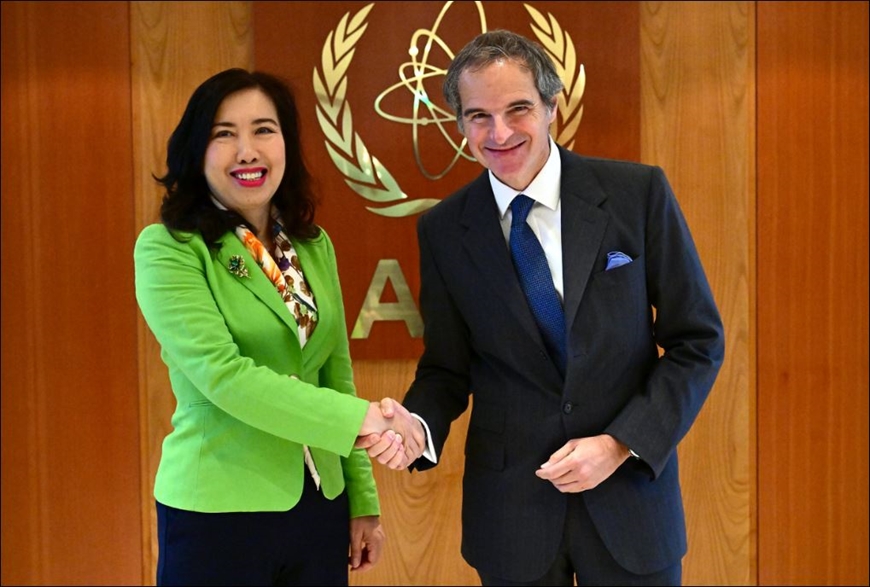
Deputy Minister of Foreign Affairs Le Thi Thu Hang meets with Director General of the International Atomic Energy Agency (IAEA) Rafael Mariano Grossi in May 2025. (Source: Ministry of Foreign Affairs)
|
Tran Chi Thanh, Director of the Vietnam Atomic Energy Institute (VINATOM) under the Ministry of Science and Technology, shared that Vietnam’s shift towards nuclear energy has received positive support from experts both at home and abroad. Many have stressed the importance of building a skilled workforce, fostering a robust safety culture, and expanding international cooperation networks.
|
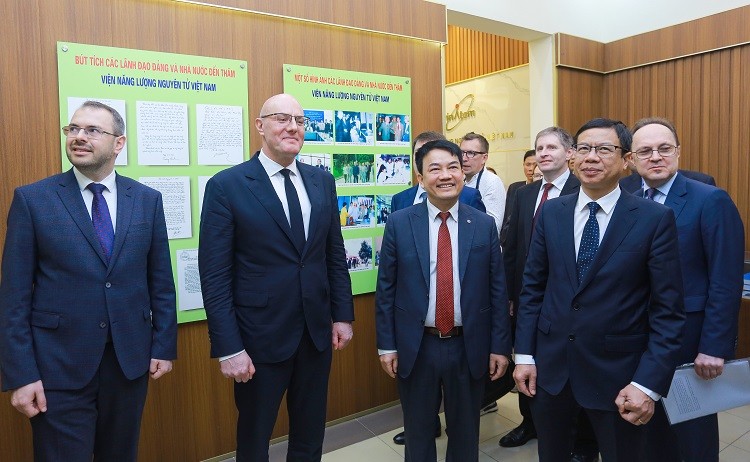
In April 2023, Russian Deputy Prime Minister Dmitry Chernyshenko (second from left) and a high-level Russian delegation visit the Vietnam Atomic Energy Institute (VINATOM). (Photo: VINATOM)
|
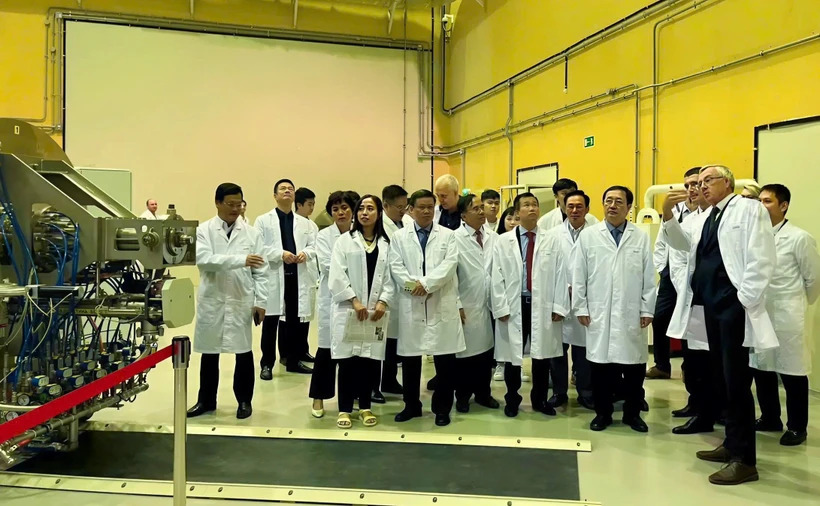
A delegation from the Ministry of Science and Technology visits prominent laboratories at the Joint Institute for Nuclear Research (JINR) in September 2024. (Photo courtesy of the ministry)
|
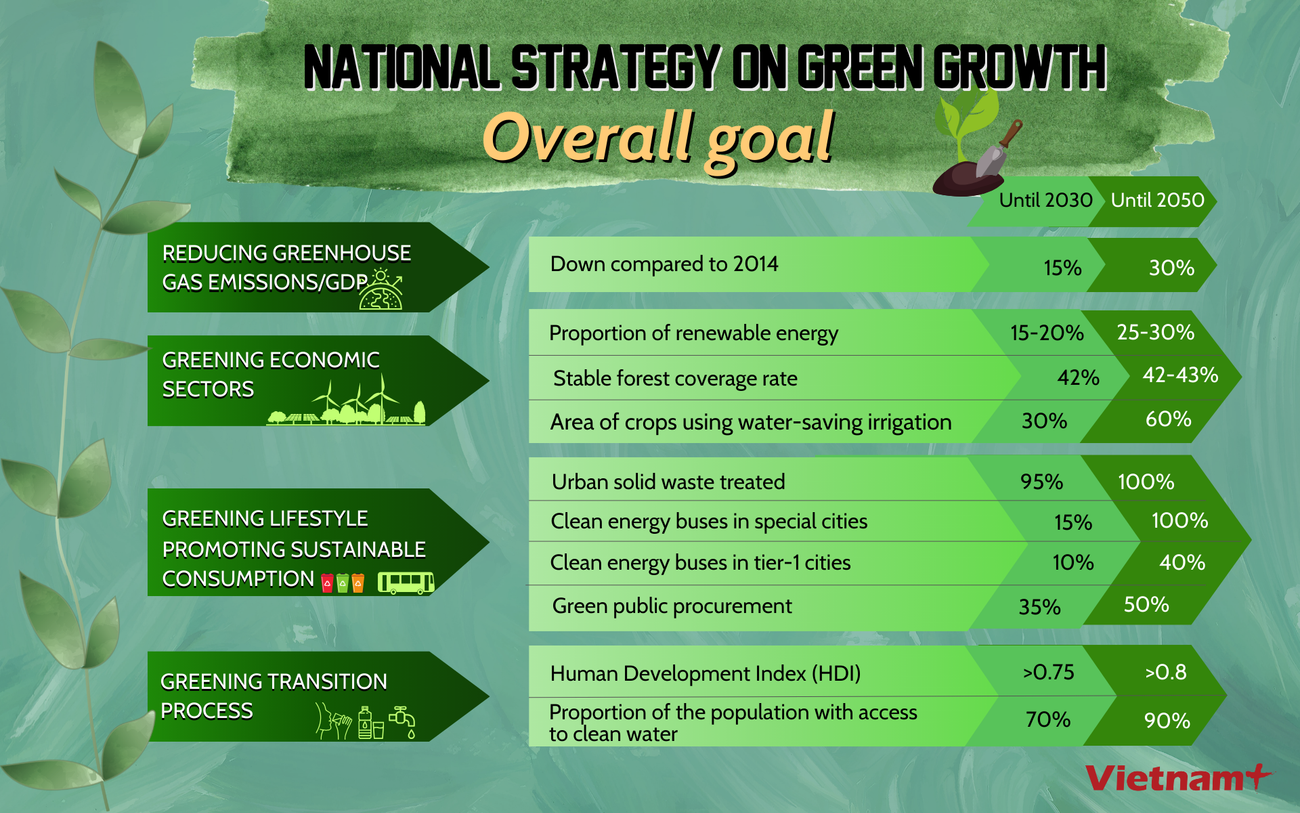
While challenges remain, Vietnam’s inaugural nuclear power project is expected to drive transformative changes across the country from economic development and education to diplomacy and human capital, supporting its broader development objectives and environmental commitments.
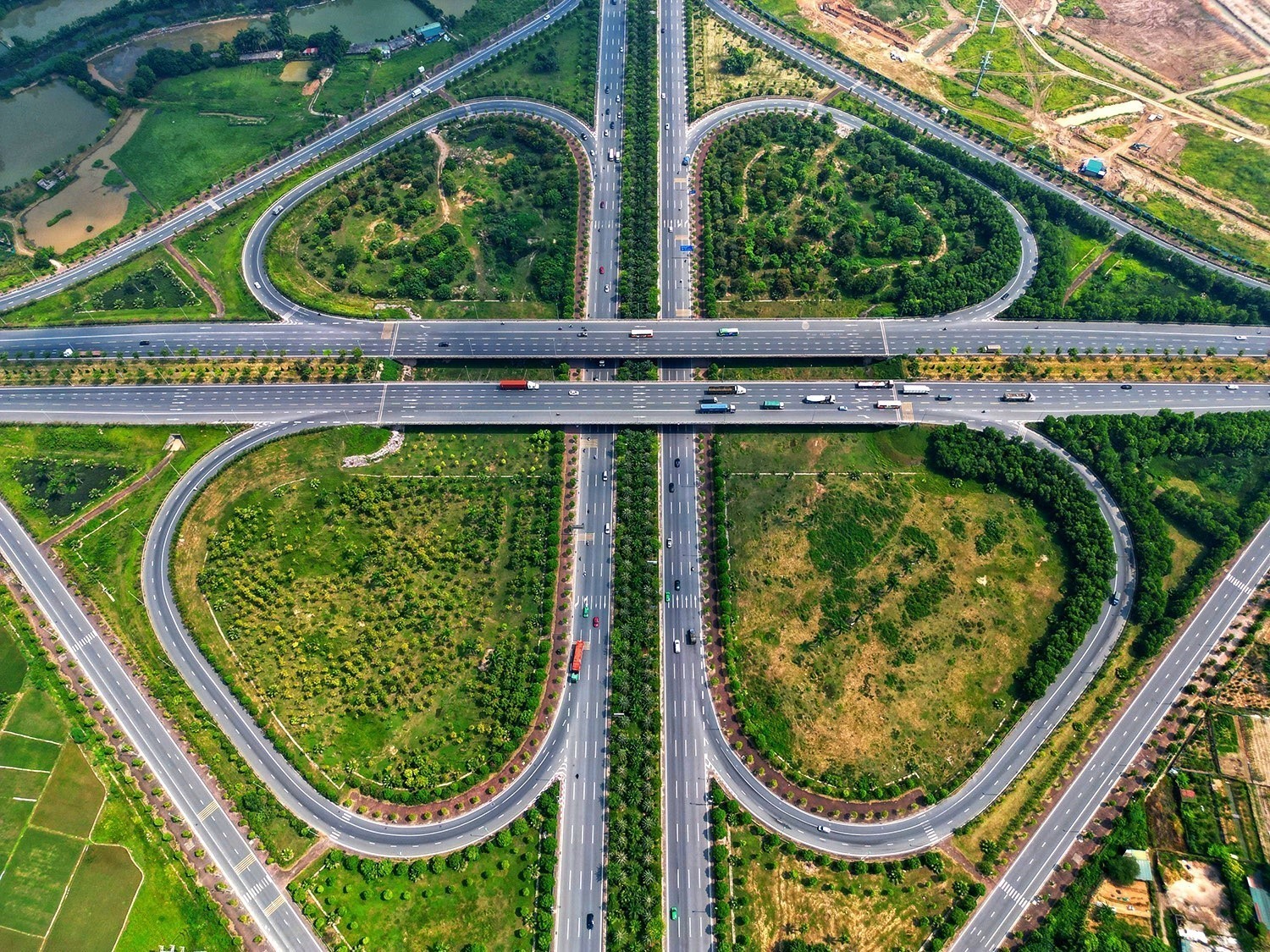
Restarting the nuclear power programme after years of interruption is vital for Vietnam’s development, especially as the country moves to gradually reduce and ultimately eliminate coal-fired power in line with the Government’s commitment to achieving Net Zero by 2050. (Photo: VNA)
VNA
Share